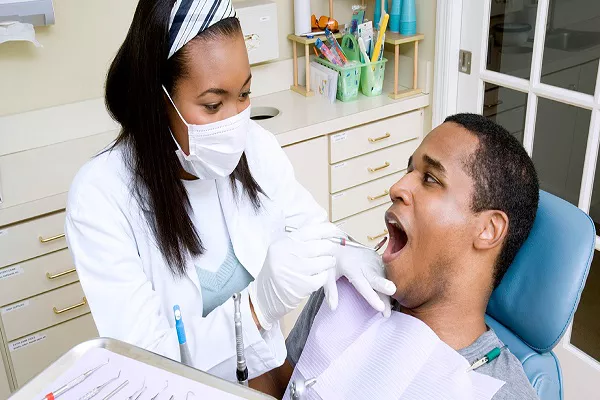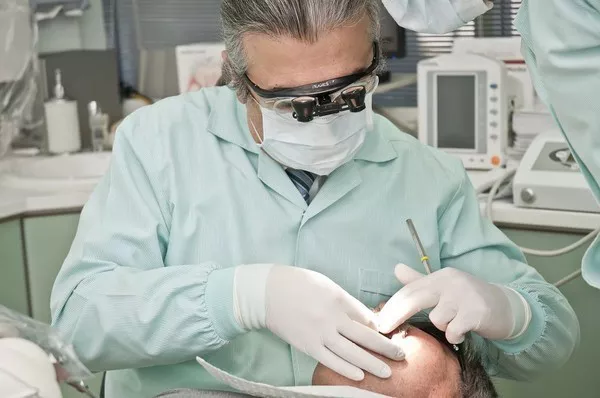Bad breath, an inconvenience we’ve all encountered at some point, may extend beyond a simple olfactory issue and serve as a signal for underlying health concerns. Dr. Kami Hoss, a prominent dentist and author of “If Your Mouth Could Talk: An In-Depth Guide to Oral Health and Its Impact on Your Entire Life,” sheds light on the diverse types and origins of halitosis.
Halitosis, the medical term for bad breath, is commonly attributed to factors within the oral cavity, such as lingering food particles, bacterial accumulation on the tongue, or tobacco use. Even the aftermath of a meal laden with garlic and onions can linger on one’s breath long after digestion.
Dr. Hoss emphasizes that while most instances of bad breath are transient and manageable, it can occasionally indicate more profound health issues. “Your mouth is the opening to your body… It’s a reflection of not only what is happening in the mouth itself but also what’s happening in other parts of the body,” explains Dr. Hoss. Underlying systemic health problems, organ dysfunction, and various conditions may contribute to malodorous breath.
The Culprits Behind Bad Breath
Dr. Hoss identifies poor oral hygiene as the primary cause of bad breath. The oral microbiome, comprised of both beneficial and detrimental bacteria, requires a delicate balance. Regular oral care, including brushing, flossing, tongue cleaning, and the use of an alkaline mouthwash, helps maintain this equilibrium. Failure to uphold proper oral hygiene can lead to the accumulation of harmful bacteria and food remnants, resulting in an unpleasant odor, often reminiscent of sulfur or rotten eggs.
Detecting Your Own Bad Breath
Contrary to popular belief, individuals with bad breath may not be aware of it due to acclimatization. Dr. Hoss suggests a unique method to self-evaluate— licking the back of one’s hand and allowing the saliva to dry before smelling. This technique offers a more accurate assessment of one’s breath compared to the traditional cupped hand method.
Combatting Bad Breath: The Oral Hygiene Frontline
For those grappling with bad breath, Dr. Hoss advocates a robust oral hygiene routine as the initial defense. Regular brushing, flossing, daily tongue cleaning, and the use of an alkaline mouthwash constitute essential practices. Notably, alcohol-based or antimicrobial mouthwashes should be avoided to prevent drying out the mouth and killing beneficial bacteria. Routine dental checkups further contribute to overall oral health.
When Bad Breath Hints at More Significant Issues
Persistent bad breath, unresponsive to standard oral care, may signal an underlying medical problem. Dr. Hoss recommends seeking medical attention when oral hygiene alone fails to alleviate the issue. Identifying the root cause becomes crucial in such cases.
Distinct Odors, Different Diagnoses
Dr. Hoss outlines specific health conditions associated with unique bad breath odors. For instance:
Diabetes: Individuals with diabetes or pre-diabetes may exhibit breath with a distinct scent, resembling fruit or nail polish remover. Dr. Hoss explains that the body, lacking insulin, resorts to burning fat, producing ketones and resulting in a fruity or acetone-like breath.
Acid Reflux: Bad breath may emanate from stomach-related issues, such as acid reflux or gastroesophageal reflux disease (GERD). Dr. Hoss elucidates that the regurgitation of stomach acid and undigested food into the mouth can yield a sour, pungent odor.
In conclusion, while bad breath is often a transient concern, its persistence may indicate a need for deeper investigation into potential health issues. Dr. Hoss emphasizes the importance of holistic oral care and proactive medical attention in addressing both the symptoms and root causes of halitosis.






























